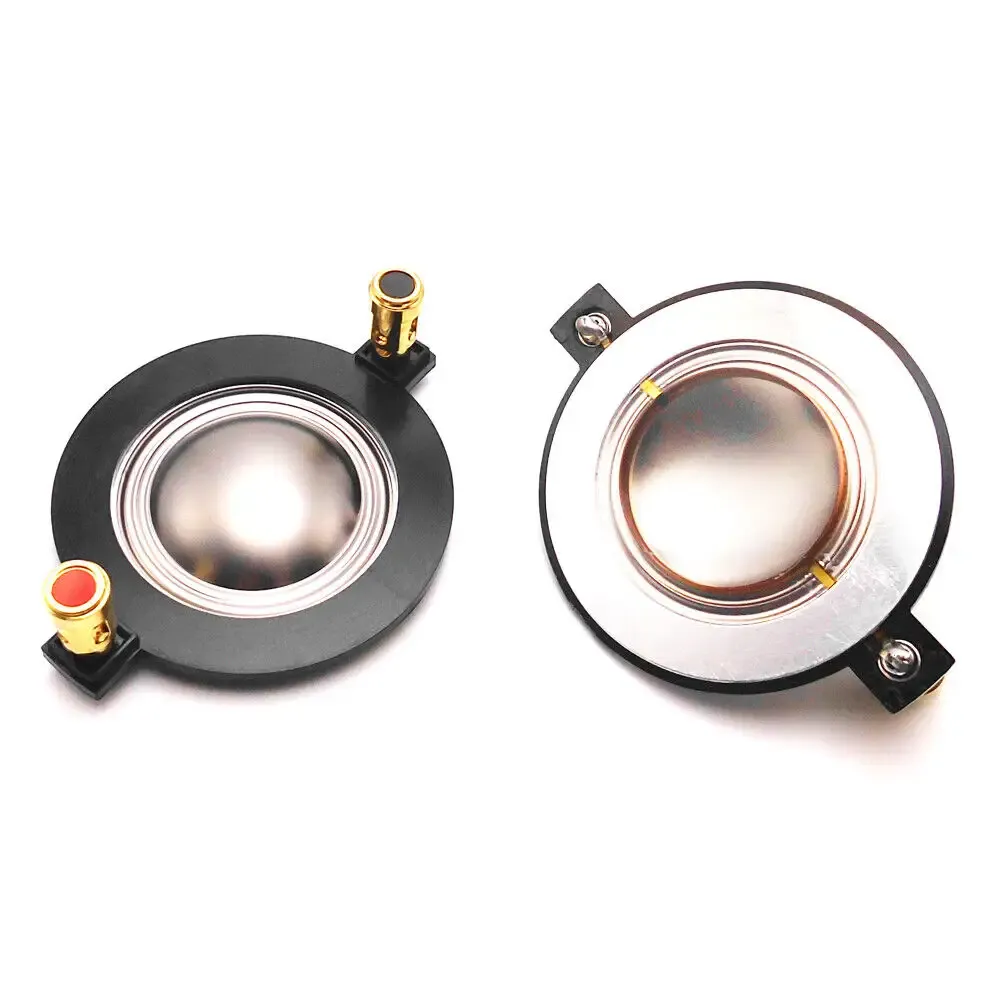Diaphragms are fundamental in determining the operational performance and quality of professional speakers. Diaphragms, for example, govern sound reproduction, responsiveness, and audio fidelity, while also acetylcholine affecting performance. In this passage, we will look into the importance of diaphragms, what materials are used to construct one and how does it affect the listening experience.
A diaphragm is the heart of a speaker which acts as the surface placed inside that vibrates to produce sound waves. It is most often made from paper, plastic, or metal. The material selected to construct the diaphragm will partially determine the sound quality of the speaker, to some extent. For example, small materials translate to a larger range of frequencies, while heavier materials may translate to strengthen the durability of the speaker, allowing it to handle more power.
Sound professionals would place expert-grade audio equipment within arms reach. It would be necessary to invest in proficiently engineered and designed diaphragms. They also synthesized diaphragms utilizing state of the art technologies composite materials shapes to improve sound clarity and reduce unjust distortion tailored to professionals' workflows or even audiophiles.
Moreover, the diaphragm area greatly impacts the overall performance of the speaker. Greater diaphragm area increases the amount of air moved which results in greater sound pressure levels and bass response. On the other hand, smaller diaphragms are more reactive and therefore respond faster to changing input which is ideal for high-fidelity reproduction of complex audio signals.
Equally important in sound output is the combination of diaphragm with other elements of the speaker such as voice coil and magnet. A properly designed diaphragm should interface with these parts optimally such that energy losses due to transfer are made as low as possible. This is what distinguishes premium-grade professional speaker systems from those designed for consumer use.
There is no doubt that with the development of audio technology, the role of diaphragm speakers continues to endure. There seems to be a shift toward using sustainable materials for diaphragm manufacturing which is a positive trend. In addition, the development of digital audio technology is straining the design of diaphragms and thus, improving the experience for listeners.
To sum up, professional speakers cannot function without diaphragms. The design, material, and interaction with other parts of the speaker has a profound impact on the sound reproduced. As the industry advances, the need for more sophisticated diaphragmatic technology used in audio equipment will continue to rise.




